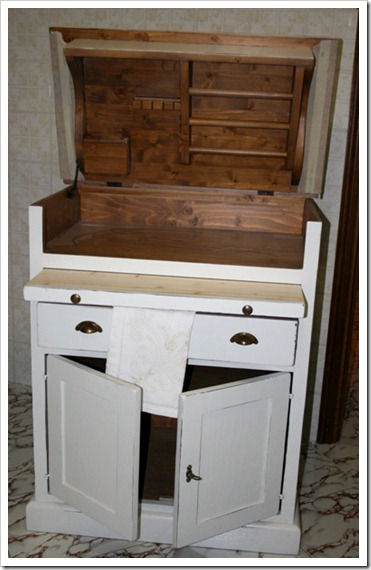Il Pane Posted by Serena on May 18, 2012 in Culture
Bread has been a fundamental part of our diet for thousands of years. Examples have been found in Egyptian tombs dating back more than five millennia. It is not surprising therefore that there are innumerable variations based on the simple ingredients of flour and water. Here in Italy we have our fair share of different types of bread.
In many Italian recipes you will come across the expression pane casereccio (home made bread). This is normally the traditional old fashioned bread made from lievito naturale (natural yeast), also known as pasta madre (literally: ‘mother dough’, in English: ‘sourdough’). Pane casereccio has a very thick and hard crosta (crust), but la mollica (the inside dough) is very elastic and porous, which doesn’t crumble, making it a good base for traditional recipes such as bruschetta (a sort of garlic bread), pappa al pomodoro (a rustic tomato soup), and pancotto (literally ‘cooked bread’, a generic name for a peasant soup based on bread).
Nei tempi che furono (Once upon a time) in the villages il pane used to be made at home once or twice a week. Every household had a madia, a piece of furniture which looks like a sort of chest of drawers with a lid that lifts up to become a work surface on which the dough is kneaded and left to rise. Underneath there are usually either two doors or some drawers in which the contadini (peasants) would keep the flour and the sourdough. The bread would be baked in the communal village forno (oven) as not everyone had their own forno. Nowadays la madia has become a sought after antique to display in kitchens and dining rooms, however here in our village we know at least one person, Nella, who still uses la madia to make her bread.
Sopra: una vecchia madia
Alongside normal pane (bread), many panettieri (bakers) still sell pane cotto a legna (bread baked in a wood oven) which is what we prefer to buy if we haven’t made our own bread at home. We also have pane bianco (white bread) and pane integrale (wholemeal bread), which are both normally made from farina di frumento (wheat flour), but the integrale contains la crusca (bran). Then there are all the special breads such as pane ai cereali (bread with cereals), pane di soia (soya bread), pane di patate (potato bread), pane di mais (maize bread) and many others.
Many special breads take their names from towns and regions, such as il pane di Ferrara (Ferrara Bread) which has a very dense mollica and a delicate crust. Our favourite is il pane toscano (Tuscan Bread), un pane a lievitazione naturale (a sourdough bread) made without salt, which goes perfectly with mature pecorino (cheese made from sheep milk), but is also delicious with burro e miele (butter and honey), and … well just about anything in fact! Il pane toscano is also called pane sciocco (unsalted bread) in the Tuscan dialect.

Build vocabulary, practice pronunciation, and more with Transparent Language Online. Available anytime, anywhere, on any device.





Leave a comment: